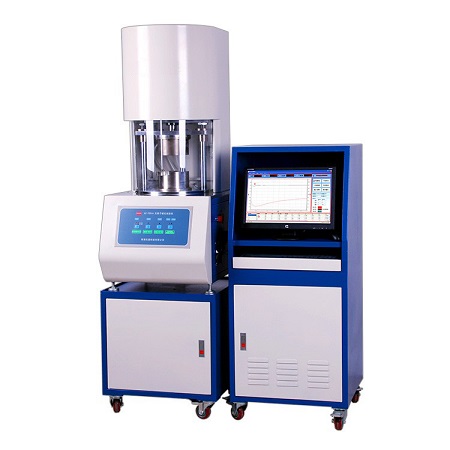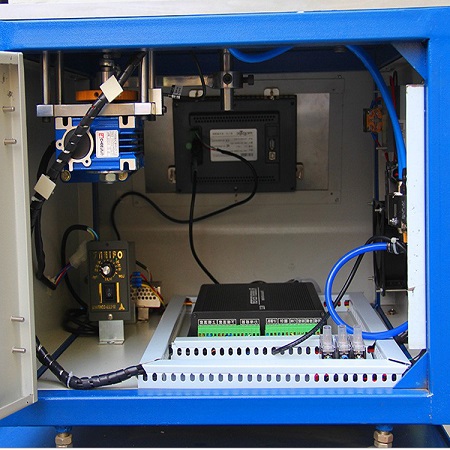Rheometer

Rheometer
A Rheometer is an instrument used to measure the way a liquid flows in response to applied force, whereas a viscometer is an instrument used to measure the viscosity of a fluid
Used to measure the way in which a liquid, suspension or slurry flows in response to applied forces. It is used for those fluids which cannot be defined by a single value of viscosity and therefore require more parameters to be set and measured than is the case for a viscometer.
We have controlled-stress and controlled-strain Rheometers. A controlled-stress rheometer applies a torque either to control the stress at a desired level or to drive the strain to a desired amount. In this kind of rheometer, the material is placed between two surfaces: a bottom surface, which is fixed and a top surface, called the geometry, which rotates. In the controlled-stress rheometer, the torque or stress is the independent variable that is applied to the geometry. In the controlled-strain rate rheometer, the material is placed between two plates. The bottom plate moves at a fixed speed and the torsional force produced on the top plate is measured. Hence, for this case, the strain rate is the independent variable and the stress the dependent one.
Specification
Minimum torque : 1 nN.m or better (rotation); 0.5 nN.m or better (oscillation)
Maximum torque : 220 NN.m
Torque resolution : 0.05 nN.m
Motor bearings: Dual air bearings both in axial & radial direction
Speed range : 10−8 (or less) to 314 rad/s
Measurement types : Rotational, oscillatory, direct strain amplitude and control stress oscillation, and transient (creep and relaxation), tack/squeeze.
Sample loading : Automated electronic trim lock during sample loading and sample trimming
Temperature control device : Peltier based temperature control, ranges from 5 to 180 oC



